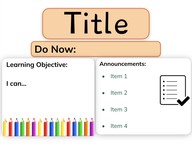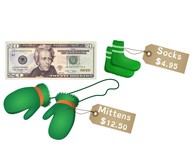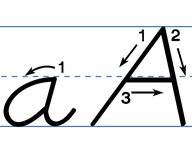
Materials best suited for a task: Flexibility test
I can conduct a flexibility test to determine which types of material are...
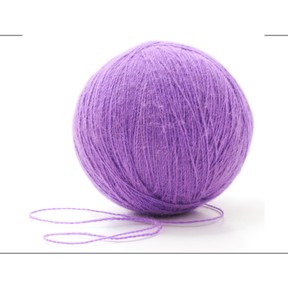
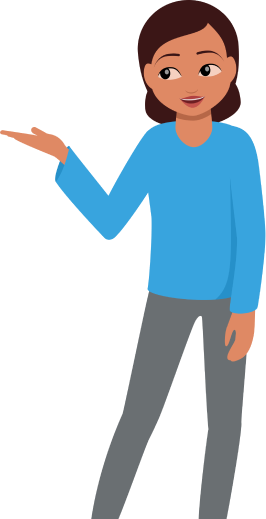

8,000 schools use Gynzy
92,000 teachers use Gynzy
1,600,000 students use Gynzy
General
Good scientists can analyze the results of experiences that they create in order to come up with conclusions about the world around them. Students will learn about the properties of matter and materials, and learn in-depth about the property of flexibility. They will conduct a flexibility test experiment on various classroom materials. This lesson includes activities about predicting the flexibility of objects, an experiment, and post-experiment activities about the flexibility, rigidness, and elasticity of materials. This lesson also includes printable worksheets.
Standards
2-PS1-2
Learning Objective
Students will be able to conduct a flexibility test to determine which types of material are best suited for specific tasks.
Introduction
Have students discuss what material would work best in the given scenario. Afterward, explain the best choice would be the rope, because it can be used to wrap around and tie together the pieces of wood, making it easy to carry. Then, discuss the idea of the flexibility of materials as a property, and tell students that they will explore this concept in the lesson and experiment today!
Instruction
Teach students about the observable properties of matter. Then, define and explain the property of flexibility. Afterward, students engage in the following activities:
First, students will practice predicting if various given materials are flexible or rigid. Next, they will prepare and then take part in an experiment where they will determine the flexibility of various materials. This experiment includes some data collected by the students during the experiment on a provided chart (on a slide and as a printable worksheet). After the experiment, students can discuss their results and answer some given discussion questions. They will then use their results to sort the materials that they tested into the following categories: rigid, flexible but not elastic, and flexible and elastic. Then, they can participate in an activity where they spin a wheel for a material and then brainstorm ideas of what purpose or job that material might be useful for.
Quiz
Students respond to ten multiple-choice questions about properties, the property of flexibility, and what items or materials are best suited for an intended purpose.
Closing
Students will be given a specific scenario where they must determine which material, from a set of given materials, would work best for a specific job. Students will answer their questions in writing and explain their reasoning. This closing activity includes a printable worksheet.
Instruction materials
For this lesson’s experiment, the following materials will be needed: pencils, safety goggles, kitchen or other safety gloves, rubber bands, chunk erasers, pipe cleaners, wooden rulers, paperclips, crayons, and popsicle sticks. This lesson also includes two printable worksheets, one for the flexibility test and one for the closing activity.
The online teaching platform for interactive whiteboards and displays in schools
Save time building lessons
Manage the classroom more efficiently
Increase student engagement
Discover more!
About Gynzy
Gynzy is an online teaching platform for interactive whiteboards and displays in schools.
With a focus on elementary education, Gynzy’s Whiteboard, digital tools, and activities make it easy for teachers to save time building lessons, increase student engagement, and make classroom management more efficient.
